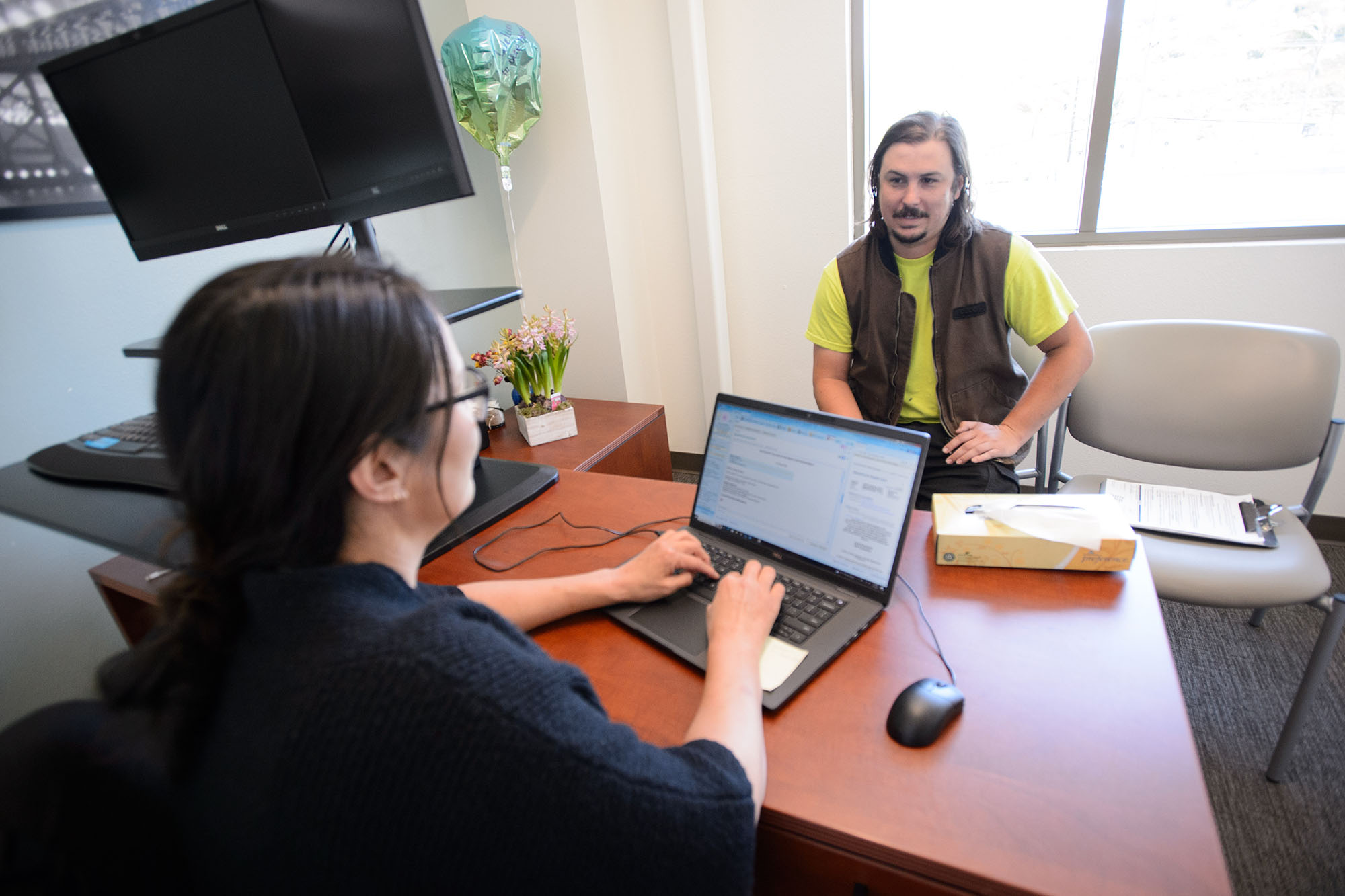California should build on what is working well during the COVID-19 pandemic to improve access to care, especially for those whose health needs have historically not been well served by the system. Watch how Kevin Shoop, a patient with multiple chronic conditions transitioning out of homelessness, has benefited from phone visits with his primary care provider.
Fast Facts
- According to research published in the Journal of the American Medical Association, phone visits constituted almost half of all primary care visits and more than 60% of behavioral health visits during the first six months of the pandemic at 40 California Federally Qualified Health Centers participating in the California Health Care Foundation’s COVID-19 telehealth initiative.
- Data from the same initiative suggest that phone visits may be an easier option for patients with limited English proficiency, who account for only 16% of patients who have received a video visit, but 26% of patients who have received a phone visit and 25% of those who have had in-person care.
- A survey of Californians who received health care between March 2019 and August 2020 found that more than a third of respondents (38%) had received a phone visit, and 72% said they were just as, or more, satisfied with their phone visit compared to their last in-person visit.
- The same survey found high utilization of, and satisfaction with, phone visits specifically among those with low incomes and among people of color:
- 46% of respondents of color had received a phone visit.
- 64% of respondents of color who had received a phone or video visit said they’d likely choose a phone or video visit over an in-person visit in the future.
- 43% of respondents with low incomes had received a phone visit.
- 63% of respondents with low incomes who had received a phone or video visit said they would likely choose a phone or video visit over an in-person visit in the future.
Explore the resources below to learn more.






